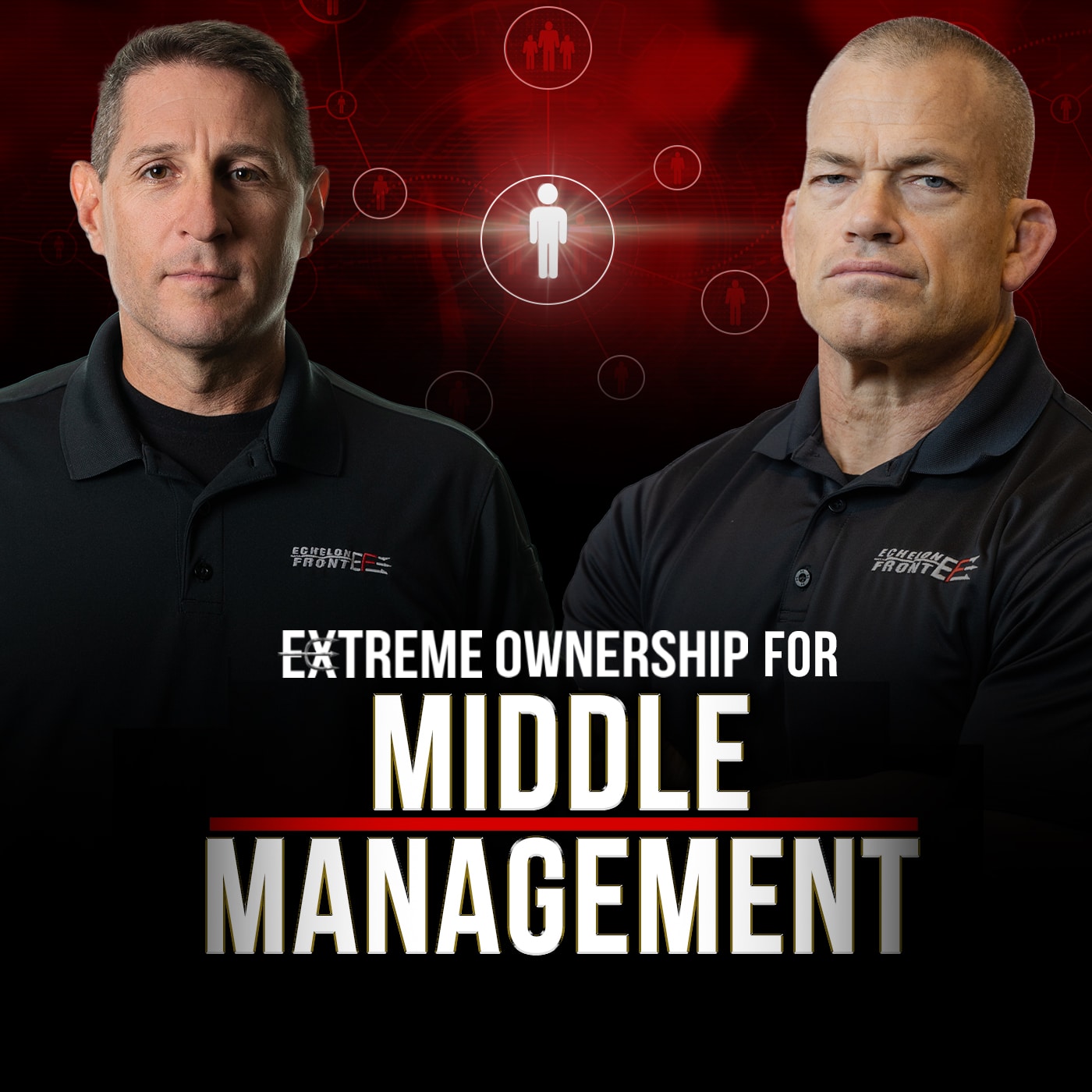If you’re looking to understand how tactical management is different from strategic management, you might be like one of many leaders who struggle with strategic versus tactical thinking. At Echelon Front, we see many clients who initially tend to focus on one or the other. However, leaving out either of these components can be detrimental. If you only focus on the strategic vision and never act on the tactical pieces that must be completed to achieve that vision, you lose. If you only focus on small tactical wins, and neglect planning for the future, you lose. Finding the balance is key in all aspects of leadership, but specifically in this dichotomy.
The Role of Tactical Management
Tactical management is focused on the short term. It involves the completion of daily tasks and operations that must be completed. However, the issue with tactical management is that most people get overwhelmed by those daily tasks and allow themselves to become solely focused on tactical wins. When we do this we feel like we are working a lot without really accomplishing anything. Or, we feel like we got a lot done, but if we truly evaluate what was accomplished, it often doesn’t align with our highest priorities. And, in some cases, it may not even align with our strategic vision. We call that a tactical win, but a strategic loss. This is something leaders want to avoid. If you are making a tactical move, it should always be something that supports the overall mission and strategy.
Detach for Effective Tactical Management
This is where our principle of Prioritize and Execute becomes critical. When we teach clients about properly prioritizing and effectively executing (i.e. tactical management), we focus on one main skill – the ability to detach. Detachment is about taking a step back from the chaos to get a clear picture of what is really going on so that we can make the right decision. When we don’t detach, we get overwhelmed, emotional, and irrational, and we will likely make the wrong decision. Instead, if we can relax, look around, and make a call, we will be able to clearly see what the highest priority tasks are and ensure they are accomplished effectively.
So, as a leader who wants to employ tactical management, you must learn to detach, and if you want your people to do the same, you must teach them how to do that as well.
Key Features of Tactical Management:
- Short Term Focus leads to tactical wins that may be strategic losses.
- Detach: Relax, look around, make a call.
- Always keep the strategic vision in mind.
The Essence of Strategic Management
Strategic management is about setting the long-term vision and direction for an organization. As a leader, you should always be thinking strategically. Everything you do should be aligned with that strategic vision. If you do this, then all of your tactical decisions will also be strategic wins. However, without actually acting (employing tactics), you won’t ever accomplish that strategic vision. This is what you must balance as a leader – think strategically, but act tactically.
Decentralized Command Allows for Successful Strategic Management
This is where our principle of Decentralized Command also comes into play. To accomplish a strategic goal, you have to move a lot of people in the same direction at the same time. That cannot be accomplished effectively through micromanagement. It can only be done by ensuring that all those who need to execute on that vision understand the why behind what they are doing. This will allow them to lead, solve problems, and make decisions on their own that support that strategic objective. When you have the entire organization working autonomously to achieve the same objective, you become unstoppable.
One of the best examples I’ve seen of strategic management is a foundation repair company that we work with at Echelon Front. This organization started very small, and over the last 5 years has dramatically expanded its footprint by acquiring other foundation repair companies throughout the US. That rapid expansion and the incorporation of so many different company cultures and personnel could have been a recipe for disaster. However, the parent company was always very clear during a takeover on the why behind everything. They explained what the mission was, and got all employees aligned on that mission, working towards that mission, and accomplishing that mission to achieve success. That’s the key to strategic management, getting the entire organization aligned on a common mission that helps them make decisions at their level.
Key Features of Strategic Management:
- Long-Term Focus: What are we trying to accomplish? What is the overall mission?
- Think strategically all the time, and act tactically to accomplish the strategy.
- This is for everyone – if every member of your team from the frontline to the top level keeps the overall mission top of mind, you create alignment.
Comparing Strategic and Tactical Management
Understanding how tactical management is different from strategic management involves recognizing that strategic vision provides the necessary guideposts by which all tactical actions should be directed. Strategic management is focused on ‘what’ and ‘why’, while tactical management is more about the ‘how’ and ‘when’.
Alignment for Organizational Success
The relationship between strategic and tactical management is complementary. Successful organizations align their tactical plans and activities with their strategic vision. This ensures that the day-to-day operations are contributing to the broader long-term goals of the company.
Conclusion
In summary, how is tactical management different from strategic management? Tactical management is about ensuring your daily tasks are focused on actions that support the broader mission by utilizing detachment. Strategic management is about aligning your team on the overall mission and explaining the why so that they can all operate in a decentralized way to accomplish that strategic goal. If you and your team can focus on thinking strategically all the time while also taking action tactically, you will win.



